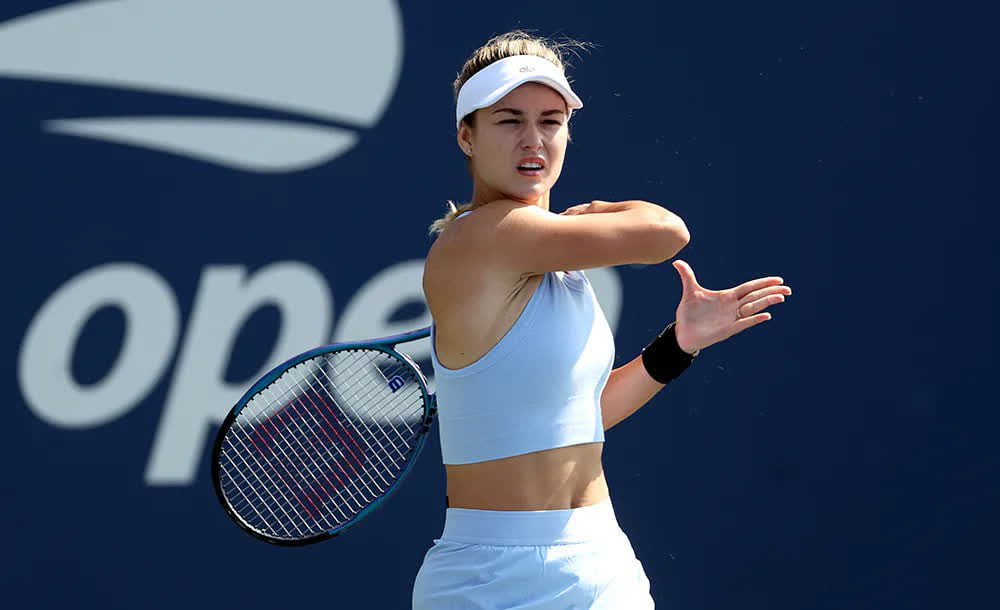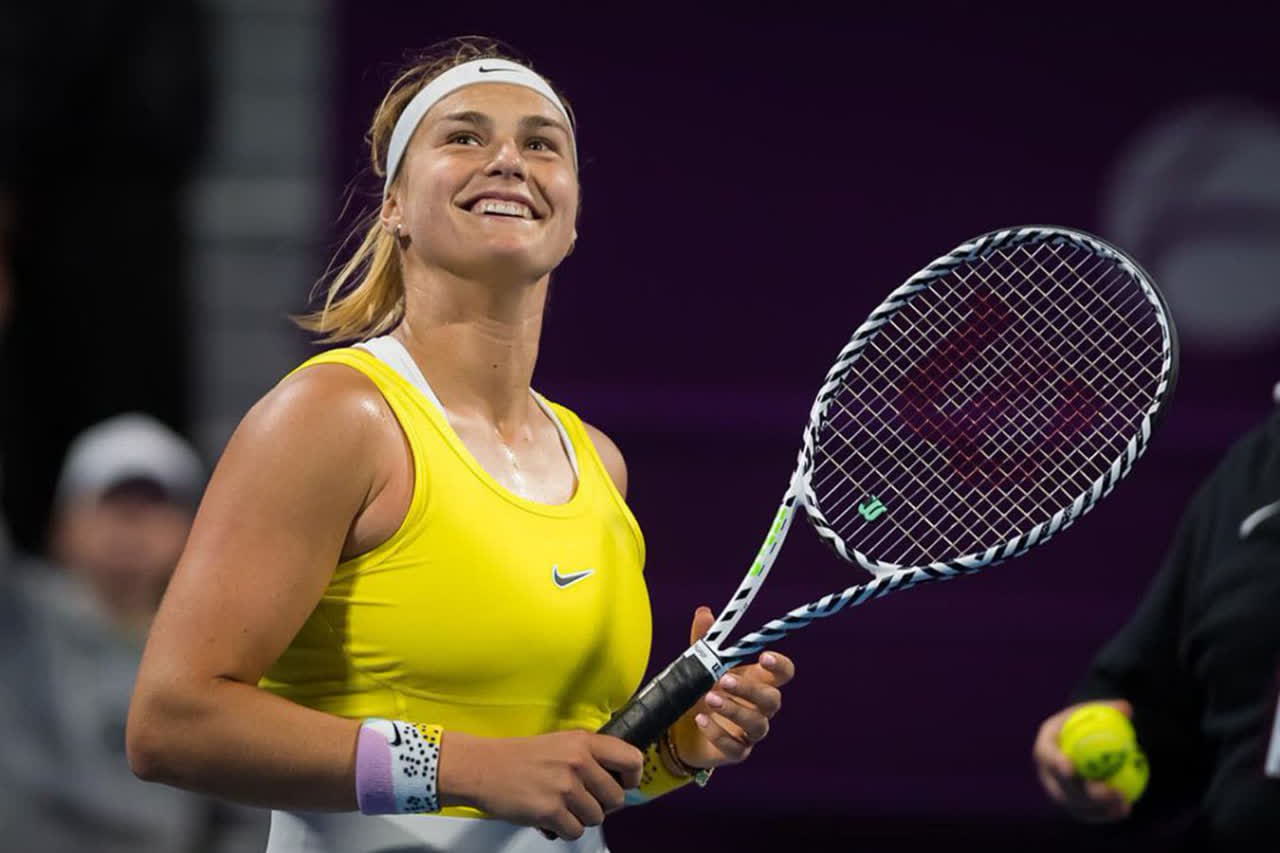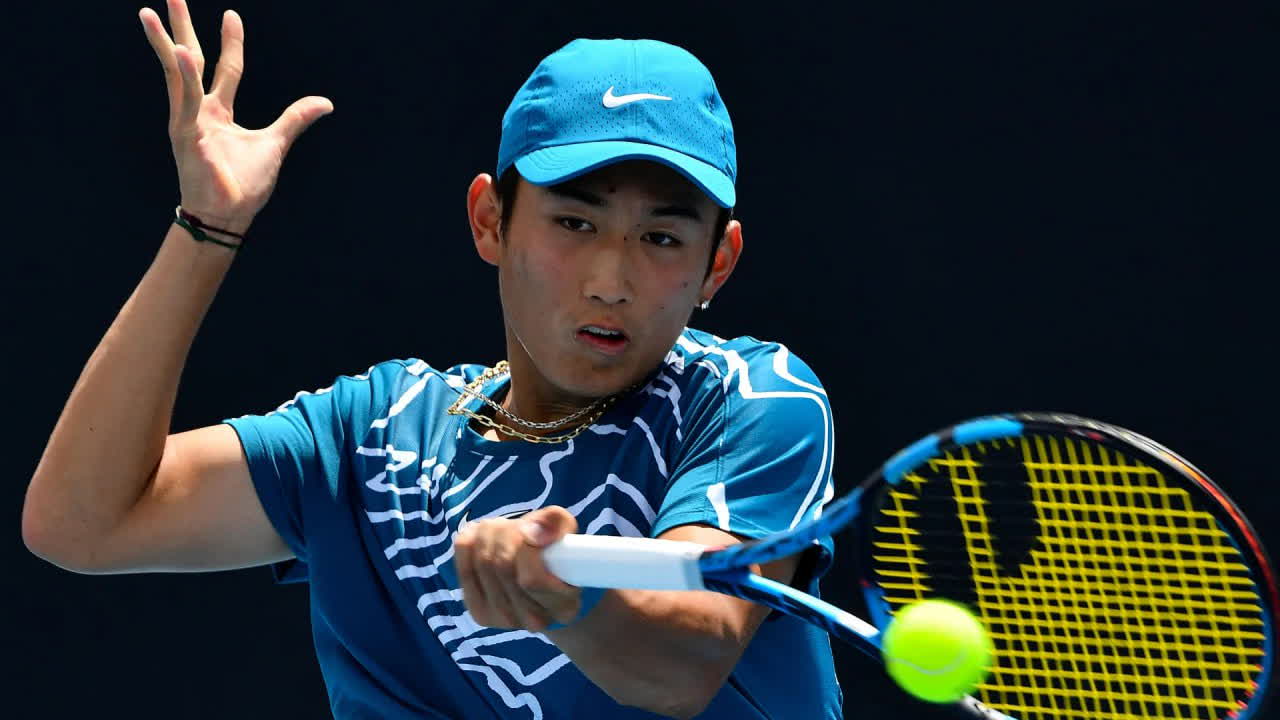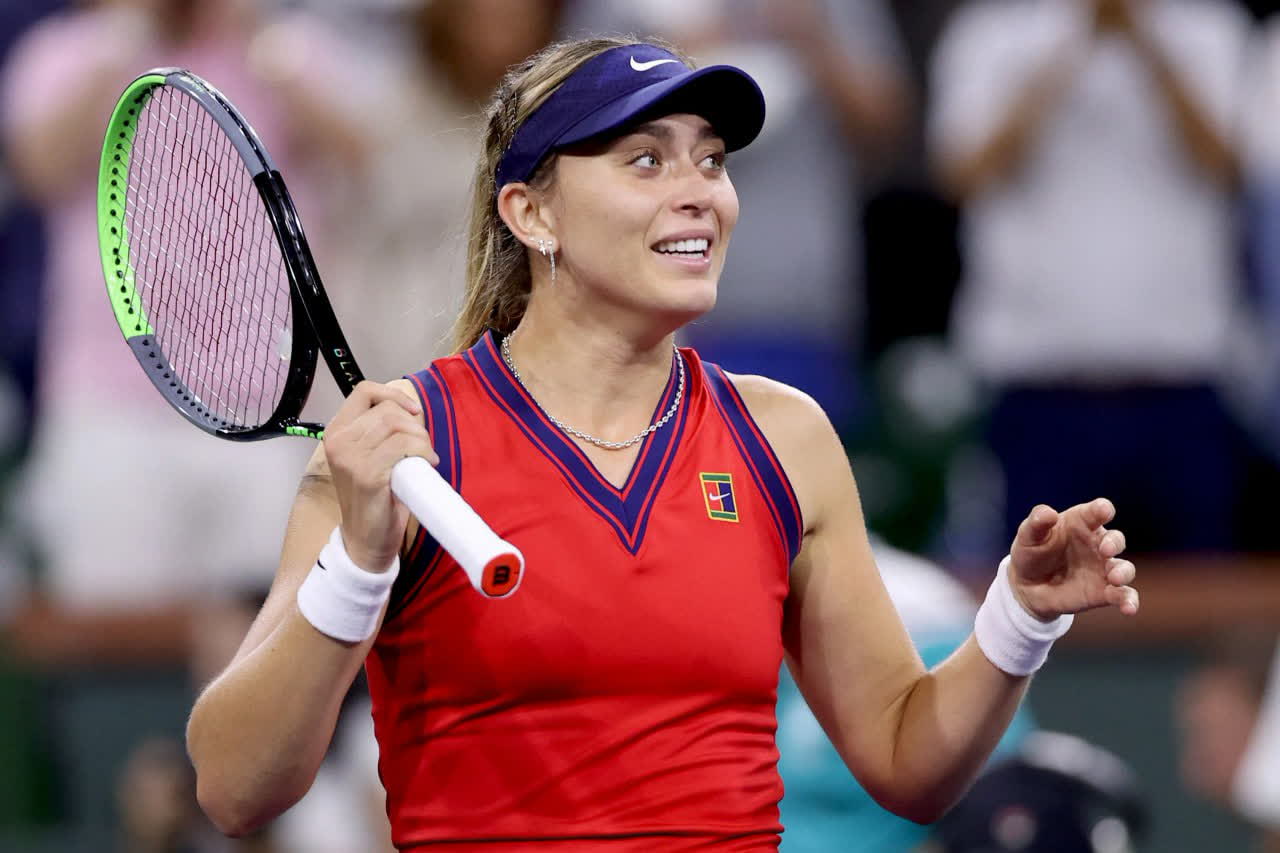At the US Open, the use of Video Review Assistance (VAR) is designed to eliminate contentious decisions, particularly those involving line calls, net violations, and double bounces. However, in the third-round clash between Anna Kalinskaya and Beatriz Haddad Maia, VAR failed to rectify what many believe was a clear error.
The Controversial Moment
The pivotal incident occurred at a crucial juncture of the match. Kalinskaya was leading 2-0 with a break and the score was 40:40 on Haddad Maia’s serve. Kalinskaya, having executed a short shot, was caught off-guard by a tricky bounce. Haddad Maia’s shot appeared to double bounce or, at the very least, touch Kalinskaya’s side of the court before the Brazilian made contact with it.
Kalinskaya, visibly perplexed, requested a review. The replay clearly showed what seemed to be either a double bounce or a ball touching Haddad Maia’s half of the court before the Brazilian’s return. Despite this, the umpire awarded the point to Haddad Maia, which was confirmed by the slow-motion replay.
Reaction and Aftermath
The decision sparked outrage and confusion. Commentators and tennis experts were stunned. The broadcast replay reinforced the perception that Haddad Maia’s shot was incorrectly judged. Commentator reactions ranged from disbelief to frustration, echoing the sentiment that the VAR system, which is supposed to ensure fairness, had failed to correct a glaring mistake.
Renne Stubbs, a prominent figure in the tennis community, expressed her disbelief on social media, emphasizing the absurdity of the error despite the availability of VAR: “How could you make a mistake there, even though there IS a VAR? Where is the umpire even looking!!!! Oh my god!!!!! Wow you have a VAR and you’re still wrong! I’m shocked!”
Impact on the Match
The incorrect call proved pivotal. Instead of gaining a break point, Kalinskaya faced a game ball, which Haddad Maia converted to hold serve. This seemingly minor shift in momentum had a profound effect on Kalinskaya. Her game deteriorated significantly afterward, marked by a series of unforced errors and a noticeable loss of composure. She eventually succumbed to a 3:6, 1:6 defeat.
Post-Match Reactions
Following the match, Kalinskaya maintained her composure and shook hands with both her opponent and the umpire. Despite her outward calm, the frustration of the disputed call was evident. The commentators’ post-match analysis underscored how the erroneous decision disrupted Kalinskaya’s rhythm and contributed to her eventual loss.
Reflections
This incident highlights the limitations and challenges of relying on technology in sports. While VAR aims to minimize human error, it is not infallible. The controversy surrounding Kalinskaya’s match raises questions about the effectiveness of the review process and its implementation in critical moments.
Kalinskaya’s experience serves as a reminder of the psychological impact that controversial decisions can have on athletes. As the sport continues to evolve, ensuring that the technology and its application are flawless remains an ongoing challenge for tennis.




It’s frustrating to see how one bad call can shift the momentum of a match so drastically, especially in such an important tournament like the US Open. Kalinskaya was clearly in control, but that wrong decision seemed to throw her off completely. With VAR available, there’s no excuse for missing something as obvious as a double bounce. Moments like these remind us that even with advanced technology, human error still plays a role in sports. Hopefully, this incident sparks improvements in officiating. Anna deserved better.